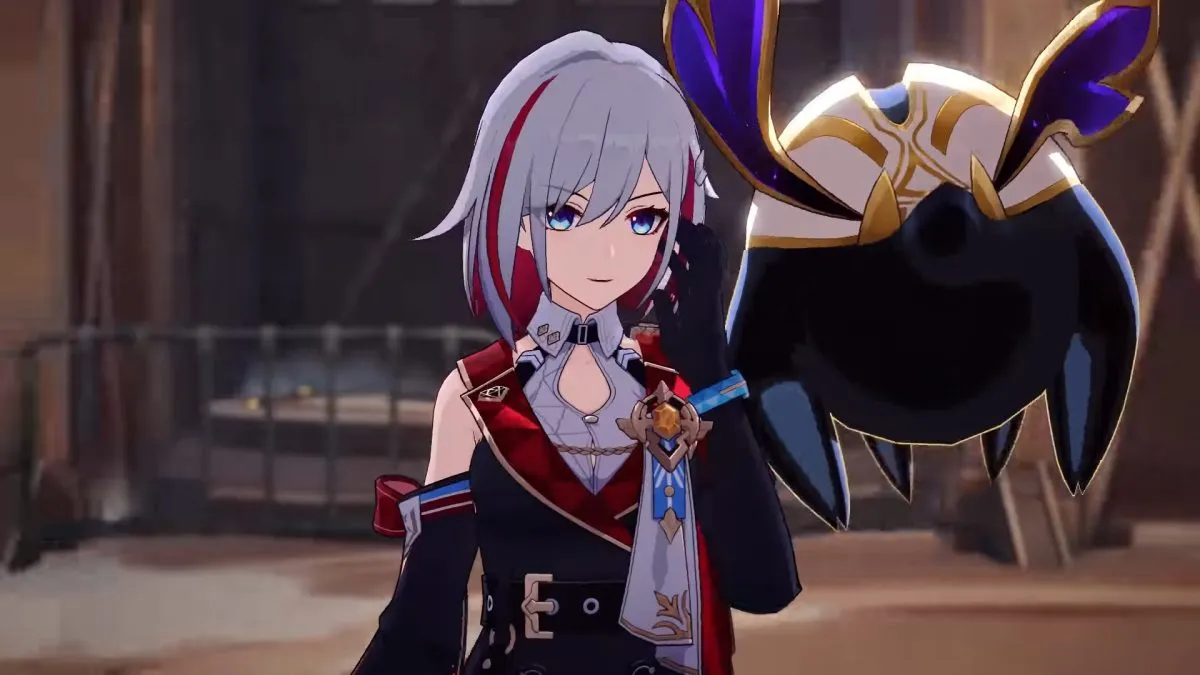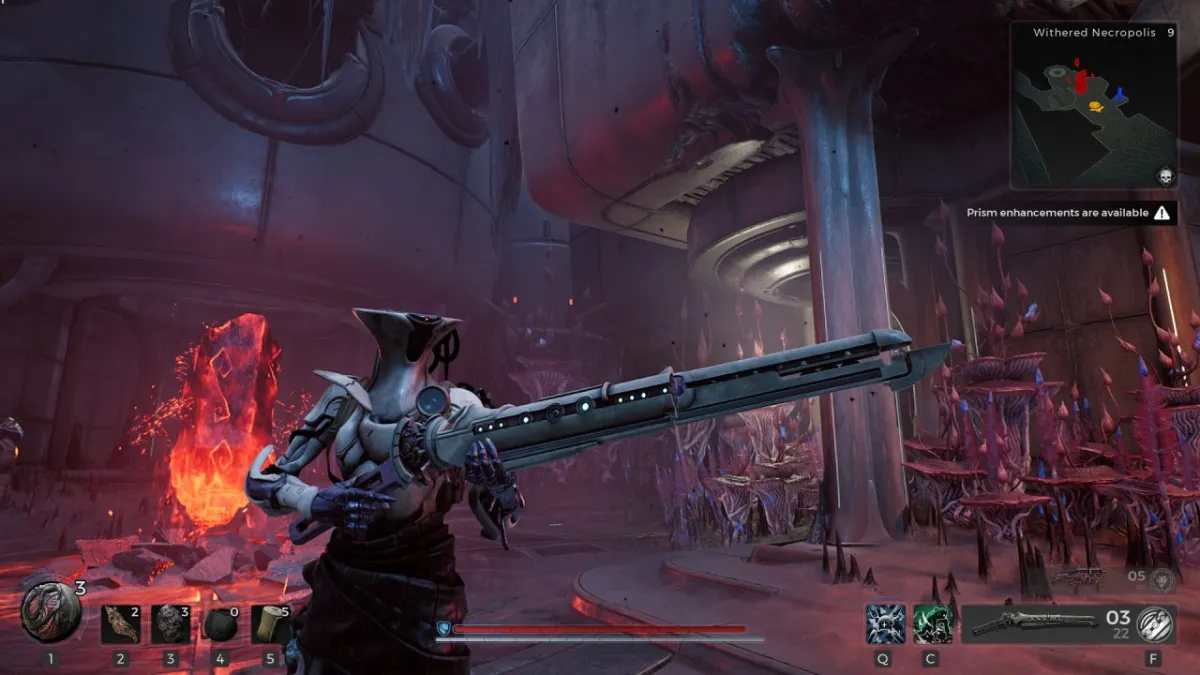I’m not going to mince my words. God of War Ragnarok is a hot mess for a PC port if you’re playing on anything but a top-end machine. The game itself is enormous and demands a lot from your GPU, often not even recognizing it at all. If you’re struggling with performance, such as low FPS and stuttering in God of War Ragnarok, this is how you can fix it.
Best graphics settings for God of War Ragnarok
When first starting God of War Ragnarok, provided the game will let you and you have the SSD space, you may notice relatively low FPS and some performance issues. This can be for several reasons, but they can be remedied with a few tweaks to your GPU or the in-game settings.
One of the main causes of bad FPS, stuttering, and performance issues with God of War Ragnarok is the sheer size of the game. If you notice your hard drive is running out of space, you should clear some up by deleting big files and freeing some up. The game will struggle to load shaders and run well with no space left on your drives.
Also, God of War Ragnarok needs an SSD to run along with at least 6GB of dedicated VRAM. If you’re lacking in either of these areas, the game simply will not work.
In-game graphics settings
These settings are where you should start before tweaking the way your GPU works. Thankfully, the settings are quite simple due to the game being a PlayStation port. A few adjustments here and there will give much better FPS, sort out screen tear, and improve performance in God of War Ragnarok.
- Adapter – Ensure your GPU is being used, and not the integrated one. This can be a problem, but there is a solution.
- Display Mode – Fullscreen
- V-Sync – Off unless you have a V-Sync-enabled monitor.
- Aspect Ratio – Auto
- Frame Rate Limit – Set this to your monitor’s limit. If you are still getting performance issues in God of War Ragnarok, I recommend dropping this.
- Latency Reduction – On
- Frame Gen – On
- Scaling Method – Use your GPU scaling method. I have an Nvidia card, so I use DLSS.
- Quality – If you have low FPS in God of War Ragnarok, select the Performance or Ultra performance setting.
- Textures – Low
- Models – Medium
- Anisotropic Filtering – Medium
- Lighting – Medium
- Shadows – Low
- Reflections – Low
- Atmospherics – Low
- Ambient Occlusion – Medium
- Tesselation – Low
- Film Grain – Off
- Motion Blur – Off

These settings will render the game at reasonable FPS and performance, lowering the chance of screen tear and stuttering in God of War Ragnarok. If you’re still struggling, I suggest dropping everything down to low and seeing how that fares.
GPU settings for God of War Ragnarok
These settings are for Nvidia cards in particular. To open the GPU settings, head to the task tray in the bottom right of your screen. Here, you can open the Nvidia GPU settings by right-clicking on the icon and selecting the NVIDIA control panel. This will bring up the GPU menu. A few settings should be changed in order to get the best performance out of God of War Ragnarok.
- Image Sharpening – Sharpen 0.50 and ignore film grain 0.17
- Ambient Occlusion – Off
- Anisotropic filtering – Application-controlled
- Antialiasing – FXAA: Off
- Antialiasing – Gamma correction: On
- Antialiasing – Mod: Application-controlled
- Antialiasing – Setting: Application-controlled
- Antialiasing – Transparency: Off
- Background Application Max Frame Rate – 30 or 60
- CUDA – GPUs – All
- CUDA – Sysmem Fallback Policy – Driver Default
- Low Latency Mode – Ultra
- Max Frame Rate – Off
- Monitor Technology – Fixed Refresh
- Multi-Frame Sampled AA (MFAA) – Off
- OpenGL GDI compatibility – Set to your GPU
- OpenGL rendering GPU – Auto-select
- Power Management Mode – Prefer maximum performance
- Preferred refresh rate – Application-controlled
- Shader Cache Size – Set this as high as you can. The more space you have left on your drives, the better. If you have lots of room, go for unlimited.
- Texture filtering – Anisotropic sample optimization – On
- Texture filtering – Negative LOD bias – Allow
- Texture filtering – Quality – High performance
- Texture filtering – Trillinear optimization – On
- Threaded optimization – On
- Triple buffering – Off
- Vertical sync – Use the 3D application setting
- Virtual Reality pre-rendered frames – 1
- Virtual Reality – Variable Rate Super Sampling: Off
- Vulkan/OpenGL present method – Auto
These settings will help God of War Ragnarok run as smoothly as possible on your PC. This way, you will get the best FPS and visuals from the game. If you’re still struggling with the game, ensure you have cleared some space on your SSD and have the necessary amount of VRAM on your GPU. If not, it may just be time to upgrade your GPU.







Published: Sep 20, 2024 07:49 am